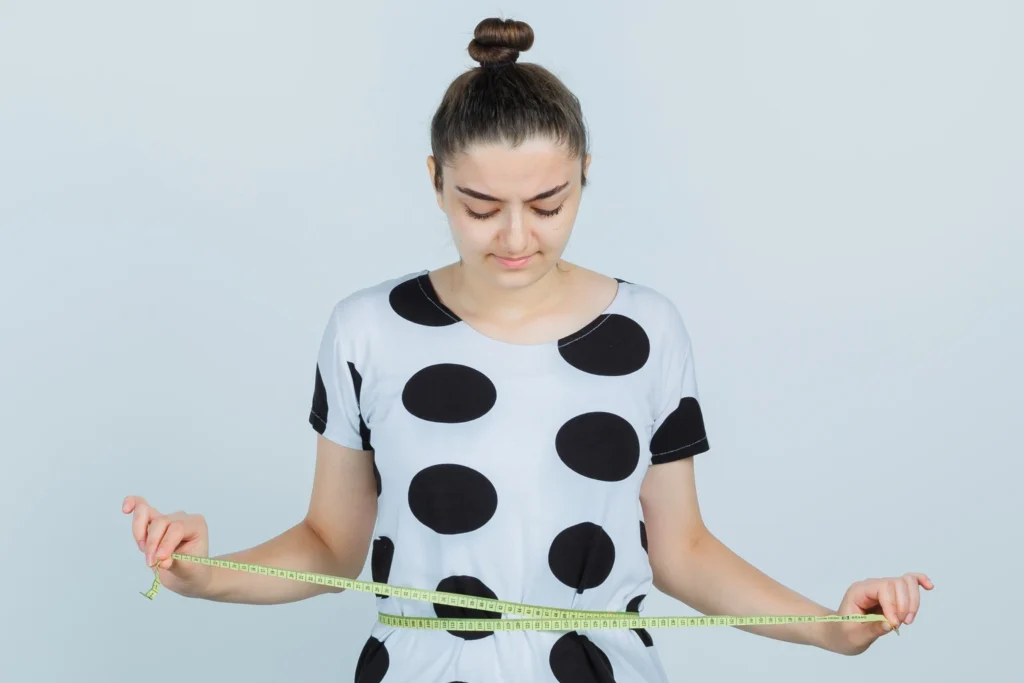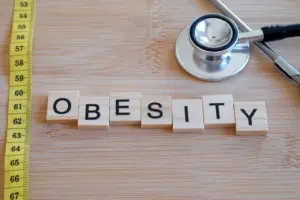
Let’s be real, a lot of us wonder if we are just a little overweight or if it’s something more serious like obesity. It’s an important question because obesity is not just about your body image; it can also have a major impact on your health.
But how do you know if you are obese? It’s not just what the scale says. There are different tools and measurements, like BMI and body fat percentage, that give you a clear picture.
Who is obese?
Obesity goes beyond being slightly overweight. When someone is obese, their body fat levels are so high that it can increase their risk for severe health problems like diabetes, heart disease, high blood pressure, joint pain, and some types of cancer.
Also Read | Balanced diet 101: What a healthy plate should really look like
What is Body Mass Index (BMI)?
Body Mass Index (BMI) is a simple tool used to determine whether your weight falls within a healthy range based on your height. It helps categorise individuals as underweight, normal weight, overweight, or obese. The best part? You don’t need to calculate it manually; free BMI calculators are easily available online to do the work for you.
Have you checked out the Newzhealth BMI calculator? Check it out, here
The BMI chart generally measures underweight if the BMI is less than 18.5. You are at a normal weight if your BMI is between 18.5 and 24.9. If your BMI falls between 25 and 29.9, you are considered overweight. You are obese if your BMI is higher than 30. But here is the catch: BMI doesn’t directly measure body fat. It can’t distinguish between fat and muscle, which means a very muscular person might have a high BMI, but that doesn’t necessarily mean they’re obese or unhealthy.

Waist size
Carrying too much fat around your belly is dangerous for your health. It raises your risk of heart disease and diabetes more than fat elsewhere. You can use a measuring tape and measure your waist just above the belly button, not your pants line. For women, the waist size should be less than 35 inches, and for men, it should be less than 40 inches. If it’s more than that, you might have central obesity even if your BMI is not that high.
Waist-to-height ratio
This is another easy method. Waist-to-height ratio compares your waist size to your height and gives you a good idea of how much fat you are carrying in your belly. A healthy ratio is less than 0.5, and if it’s more than 0.5, then it is an increased health risk.
If you are wondering whether you are obese, don’t just look at your scale. Check your BMI, waist size and body fat percentage. These tools help you get a clear picture of where your body stands. Remember, obesity is a health issue, not a personal failure.






